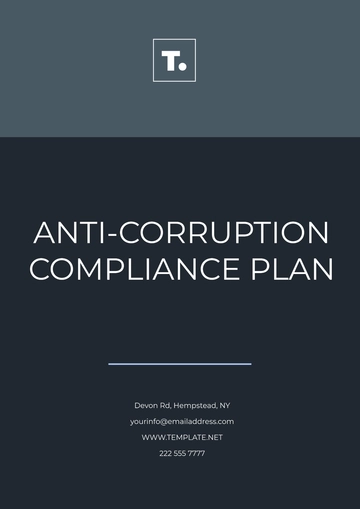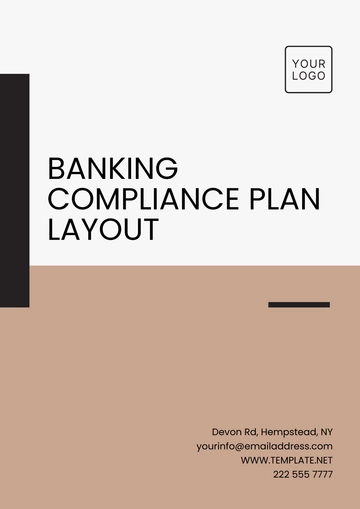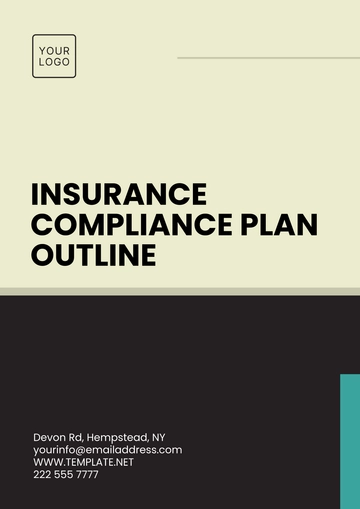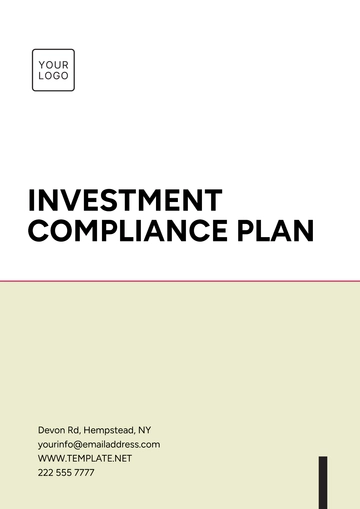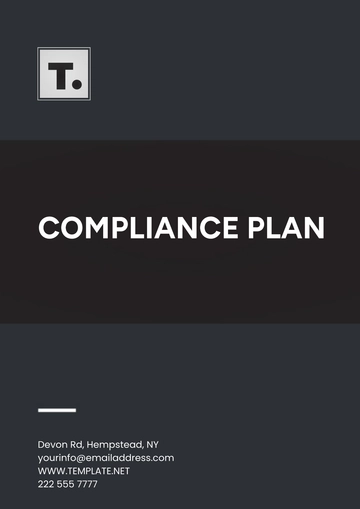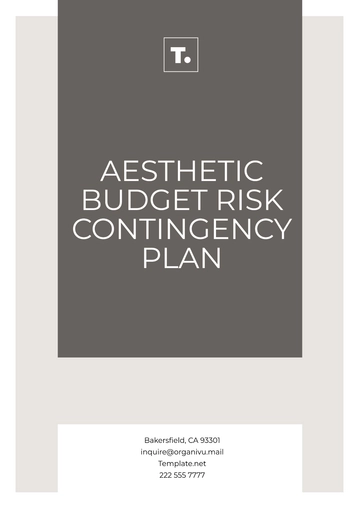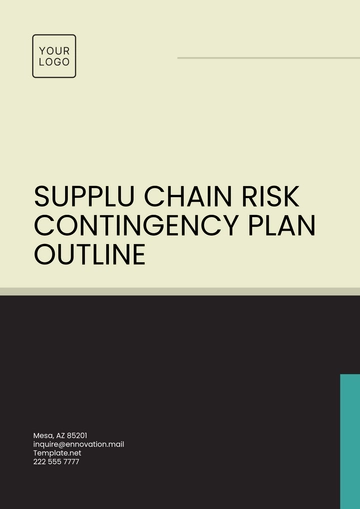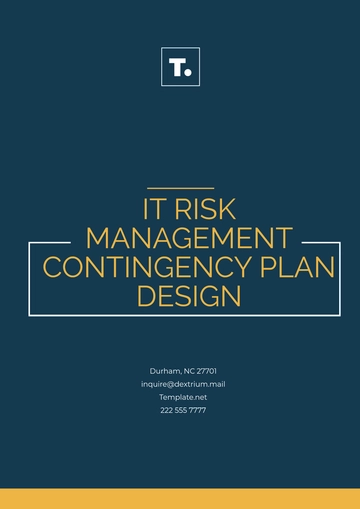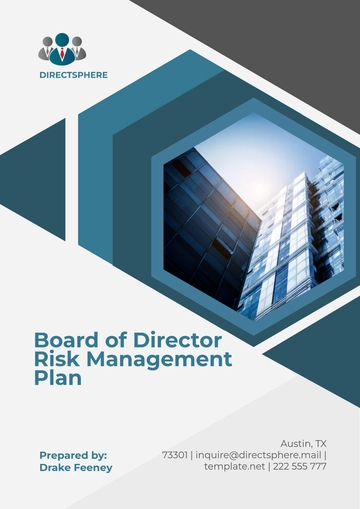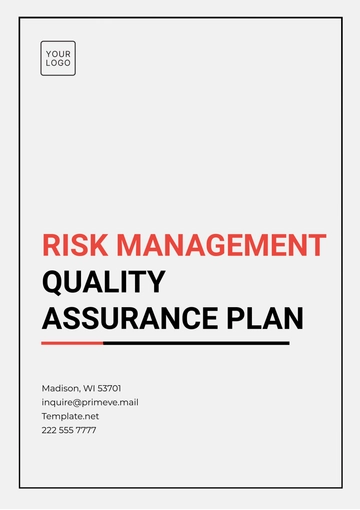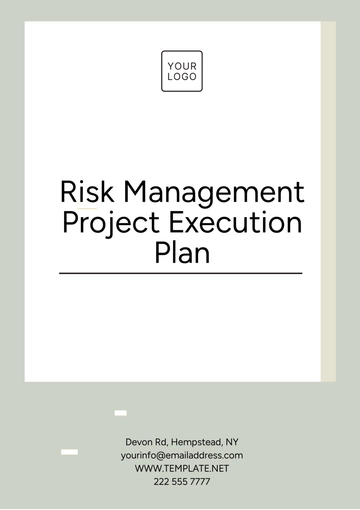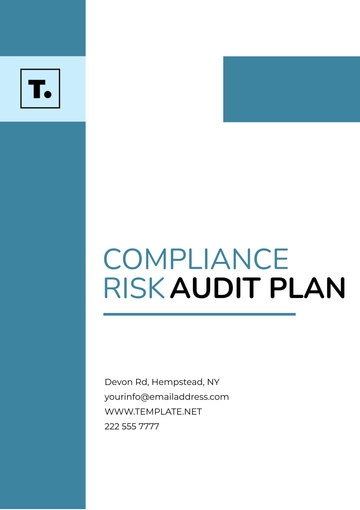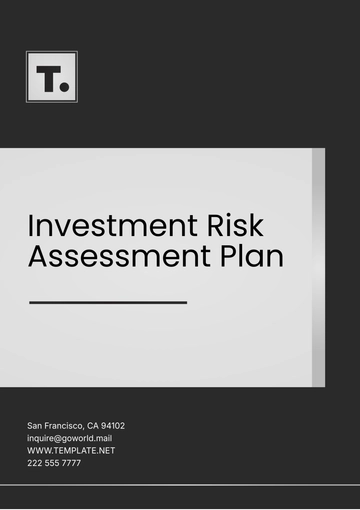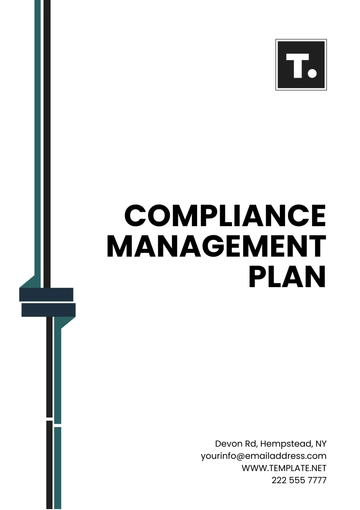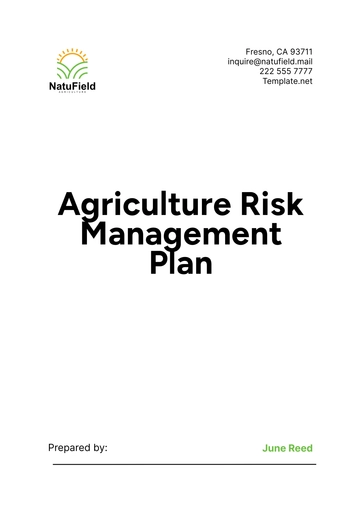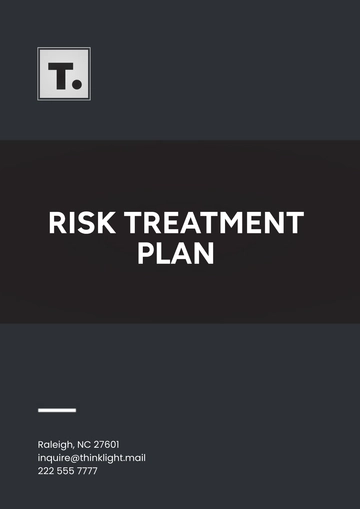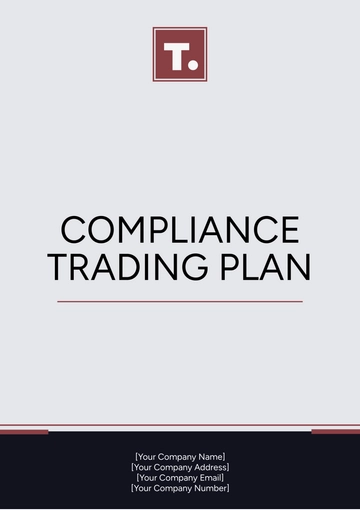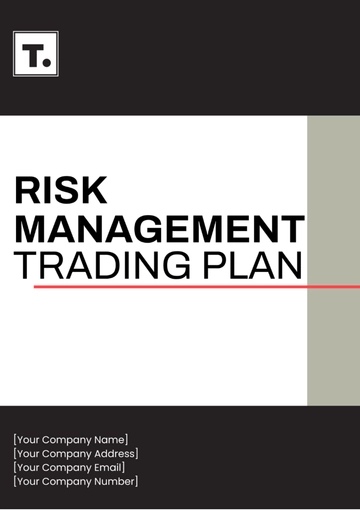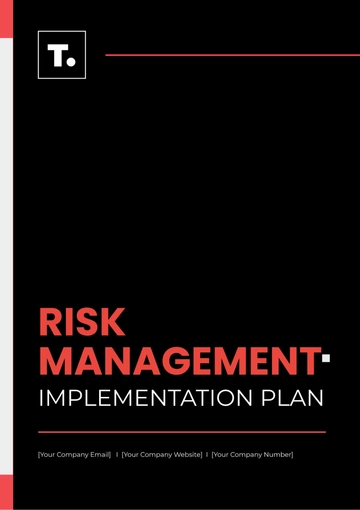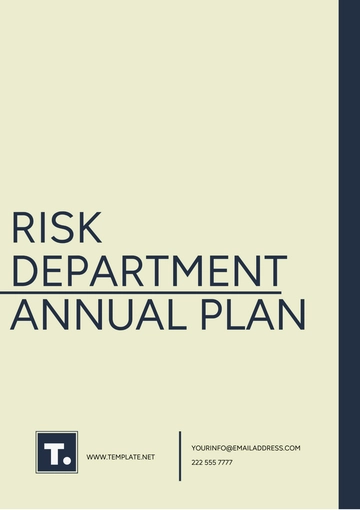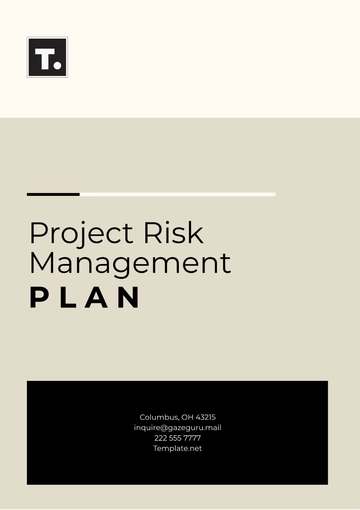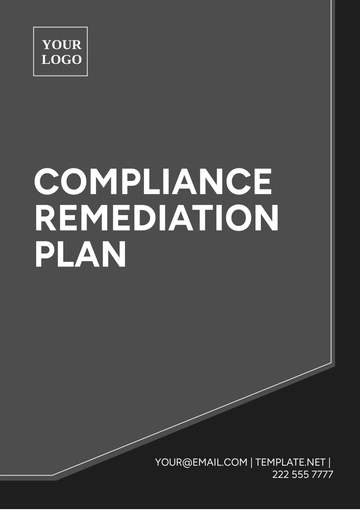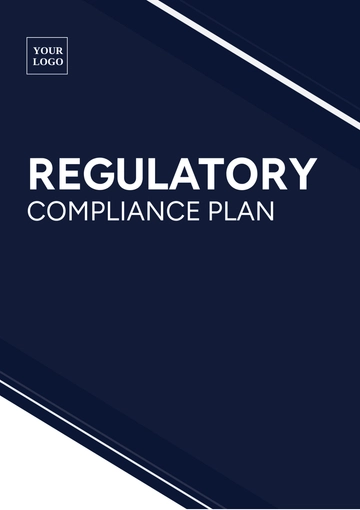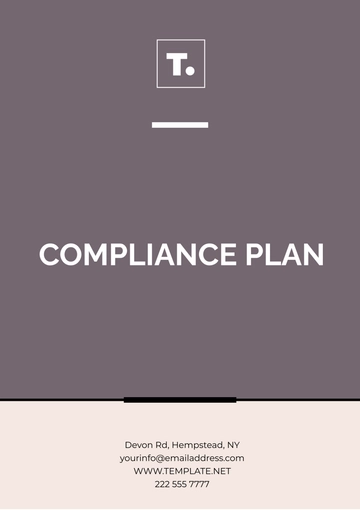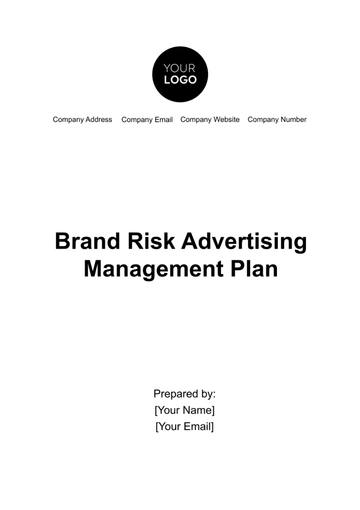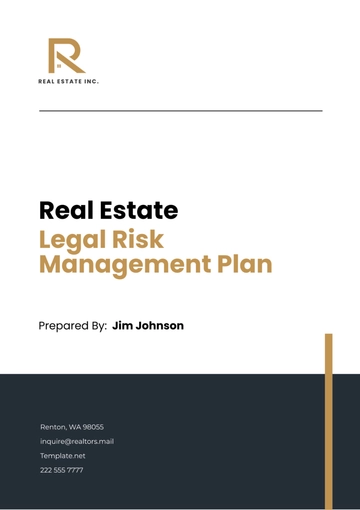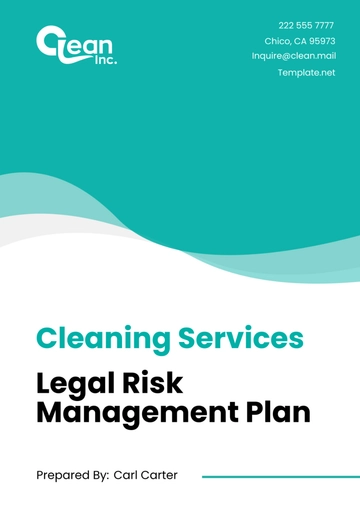Free Sample Compliance Plan

I. Introduction
Purpose of the Compliance Plan: The Compliance Plan aims to ensure that [Your Company Name] operates by all relevant laws, regulations, and internal policies.
Overview of Applicable Laws, Regulations, and Standards: This plan covers local, state, and federal laws of our industry, along with industry-specific regulations and internal policies.
Importance of Compliance for the Organization: Compliance is crucial for maintaining ethical standards, avoiding legal penalties, and safeguarding our reputation.
II. Compliance Responsibilities
Designation of Compliance Officer(s): [Your Name] is designated as the Chief Compliance Officer responsible for overseeing compliance efforts.
Roles and Responsibilities of Compliance Team: The compliance team is tasked with developing, implementing, and monitoring compliance activities across departments.
Communication Channels for Compliance Issues: Employees can report compliance concerns to their supervisors, HR, or directly to the Compliance Officer.
III. Risk Assessment
Identification of Regulatory Risks: A comprehensive risk assessment is conducted annually to identify potential areas of non-compliance.
Assessment of Internal Control Measures: Internal controls are reviewed regularly to ensure they effectively mitigate compliance risks.
Methods for Monitoring and Mitigating Risks: Continuous monitoring through audits, checks, and reporting mechanisms helps mitigate identified risks.
IV. Policies and Procedures
Documentation of Specific Compliance Policies: Written policies cover areas such as data protection, anti-corruption, and health and safety.
Procedures for Implementing and Enforcing Policies: Clear guidelines are provided to employees on how to comply with policies, and consequences for non-compliance are outlined.
Training and Awareness Programs for Employees: Regular training sessions are conducted to educate employees on compliance requirements and best practices.
V. Monitoring and Reporting
Regular Compliance Audits and Reviews: Quarterly audits are performed by the compliance team to assess adherence to compliance standards.
Reporting Structure for Compliance Incidents: An anonymous reporting system allows employees to report incidents confidentially.
Corrective Action and Follow-Up Protocols: Incidents are investigated promptly, and corrective actions are implemented to prevent recurrence.
VI. Recordkeeping and Documentation
Requirements for Document Retention: Document retention policies ensure that relevant records are stored securely for the required period.
Recordkeeping Procedures for Compliance Activities: Records of compliance activities, audits, and training sessions are maintained for review.
Access Controls and Security Measures for Records: Access to sensitive compliance records is restricted to authorized personnel only.
VII. Continual Improvement
Feedback Mechanisms for Enhancing Compliance: Feedback from audits and employee surveys is used to enhance compliance processes.
Integration of New Regulatory Changes: The Compliance Officer monitors regulatory updates and ensures timely integration into existing compliance frameworks.
Periodic Review and Updating of the Compliance Plan: The Compliance Plan is reviewed annually and updated as needed to reflect changes in regulations and business practices.
VIII. Acknowledgement and Signature
I acknowledge that I have reviewed and understand the Compliance Plan for [Your Company Name]. By signing below, I confirm my commitment to upholding the principles and requirements outlined in this plan.

Name: [Your Name]
Date: May 15, 2050
- 100% Customizable, free editor
- Access 1 Million+ Templates, photo’s & graphics
- Download or share as a template
- Click and replace photos, graphics, text, backgrounds
- Resize, crop, AI write & more
- Access advanced editor
Discover the comprehensive Compliance Plan Template on Template.net, ideal for developing tailored compliance strategies. This editable and customizable template empowers you to create robust plans aligned with regulatory standards. With our AI Editor Tool, you can effortlessly modify content to fit your organization's needs. Simplify compliance management and ensure adherence to regulations with this versatile template solution!
You may also like
- Finance Plan
- Construction Plan
- Sales Plan
- Development Plan
- Career Plan
- Budget Plan
- HR Plan
- Education Plan
- Transition Plan
- Work Plan
- Training Plan
- Communication Plan
- Operation Plan
- Health And Safety Plan
- Strategy Plan
- Professional Development Plan
- Advertising Plan
- Risk Management Plan
- Restaurant Plan
- School Plan
- Nursing Home Patient Care Plan
- Nursing Care Plan
- Plan Event
- Startup Plan
- Social Media Plan
- Staffing Plan
- Annual Plan
- Content Plan
- Payment Plan
- Implementation Plan
- Hotel Plan
- Workout Plan
- Accounting Plan
- Campaign Plan
- Essay Plan
- 30 60 90 Day Plan
- Research Plan
- Recruitment Plan
- 90 Day Plan
- Quarterly Plan
- Emergency Plan
- 5 Year Plan
- Gym Plan
- Personal Plan
- IT and Software Plan
- Treatment Plan
- Real Estate Plan
- Law Firm Plan
- Healthcare Plan
- Improvement Plan
- Media Plan
- 5 Year Business Plan
- Learning Plan
- Marketing Campaign Plan
- Travel Agency Plan
- Cleaning Services Plan
- Interior Design Plan
- Performance Plan
- PR Plan
- Birth Plan
- Life Plan
- SEO Plan
- Disaster Recovery Plan
- Continuity Plan
- Launch Plan
- Legal Plan
- Behavior Plan
- Performance Improvement Plan
- Salon Plan
- Security Plan
- Security Management Plan
- Employee Development Plan
- Quality Plan
- Service Improvement Plan
- Growth Plan
- Incident Response Plan
- Basketball Plan
- Emergency Action Plan
- Product Launch Plan
- Spa Plan
- Employee Training Plan
- Data Analysis Plan
- Employee Action Plan
- Territory Plan
- Audit Plan
- Classroom Plan
- Activity Plan
- Parenting Plan
- Care Plan
- Project Execution Plan
- Exercise Plan
- Internship Plan
- Software Development Plan
- Continuous Improvement Plan
- Leave Plan
- 90 Day Sales Plan
- Advertising Agency Plan
- Employee Transition Plan
- Smart Action Plan
- Workplace Safety Plan
- Behavior Change Plan
- Contingency Plan
- Continuity of Operations Plan
- Health Plan
- Quality Control Plan
- Self Plan
- Sports Development Plan
- Change Management Plan
- Ecommerce Plan
- Personal Financial Plan
- Process Improvement Plan
- 30-60-90 Day Sales Plan
- Crisis Management Plan
- Engagement Plan
- Execution Plan
- Pandemic Plan
- Quality Assurance Plan
- Service Continuity Plan
- Agile Project Plan
- Fundraising Plan
- Job Transition Plan
- Asset Maintenance Plan
- Maintenance Plan
- Software Test Plan
- Staff Training and Development Plan
- 3 Year Plan
- Brand Activation Plan
- Release Plan
- Resource Plan
- Risk Mitigation Plan
- Teacher Plan
- 30 60 90 Day Plan for New Manager
- Food Safety Plan
- Food Truck Plan
- Hiring Plan
- Quality Management Plan
- Wellness Plan
- Behavior Intervention Plan
- Bonus Plan
- Investment Plan
- Maternity Leave Plan
- Pandemic Response Plan
- Succession Planning
- Coaching Plan
- Configuration Management Plan
- Remote Work Plan
- Self Care Plan
- Teaching Plan
- 100-Day Plan
- HACCP Plan
- Student Plan
- Sustainability Plan
- 30 60 90 Day Plan for Interview
- Access Plan
- Site Specific Safety Plan
